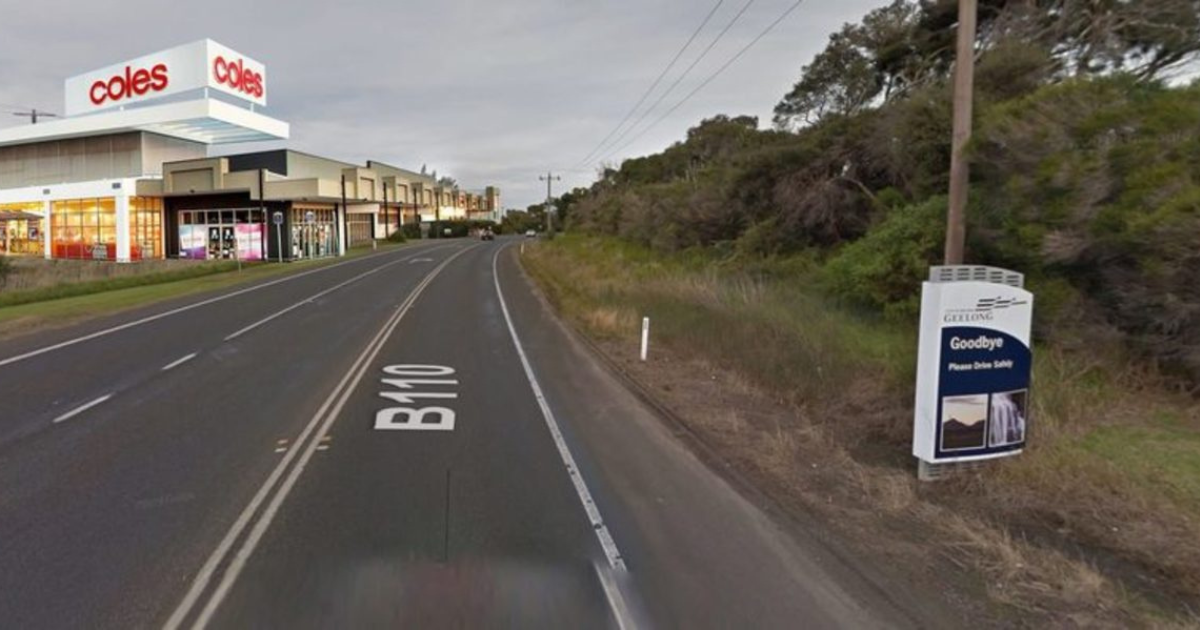Stripe rust pathotype discovery underlines need for vigilance

Dr Grant Hollaway is encouraging growers and advisers to provide samples of stripe rust found in this year’s crops.
GRAIN growers in the southern cropping region are encouraged to closely monitor their wheat crops for stripe rust this season, following the detection of a new pathotype of the wheat stripe rust pathogen.
It is the first time since 2010 that a new pathotype of the wheat stripe rust pathogen, Puccinia striiformis f. sp. tritici, has been detected in Australia.
Australian Cereal Rust Control Program researchers at the University of Sydney’s Plant Breeding Institute confirmed the new pathotype in samples received from Horsham in late 2017.
They say the new pathotype is the first record of virulence for the Yr33 resistance gene in Australia and that its impact on wheat varieties will be better understood after the 2018 cropping season.
Dr Grant Hollaway, a Horsham-based senior plant pathologist with Agriculture Victoria, is encouraginggrowers and advisers to provide samples of stripe rust found in this year’s crops to the Plant Breeding Institute for analysis.
“Stripe rust found on any variety of wheat should be submitted for pathotype analysis,” Dr Hollaway said.
“Having samples analysed will not only inform individual growers about the stripe rust pathotypes in their crops, but analysis enables the broader industry to be on the front foot with potential rust outbreaks.”
Dr Hollaway says early greenhouse data from the Plant Breeding Institute and data from the National Variety Trials Last year indicate that the varieties Coolah, LRPB Flanker, Axe, B53, Buchanan, Cobalt, EGA Gregory, Forrest, Gauntlet, Grenade CL Plus, Mitch, Steel, Trojan, Viking and Zen should be monitored closely for stripe rust.
Where very susceptible varieties of wheat are infected with stripe rust, resulting losses can be as high as 80 percent.
Infected plant samples can be mailed in paper envelopes (do not use plastic wrapping or plasticlined packages) and if possible, include the latitude and longitude of the sample location.
Direct samples to University of Sydney, Australian Cereal Rust Survey, Reply Paid 88076, Narellan NSW 2567.
For more information, head to the Rust Bust resource hub at rustbust.com.au.

















